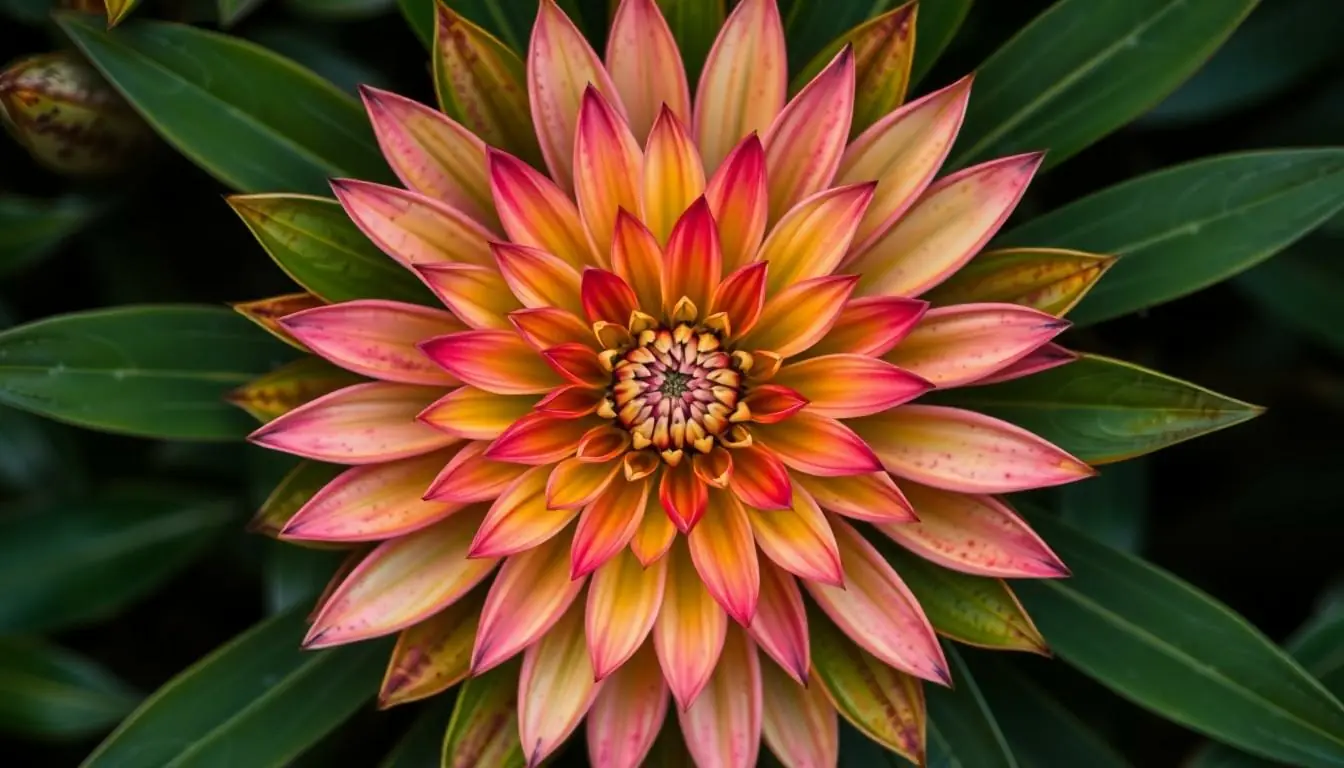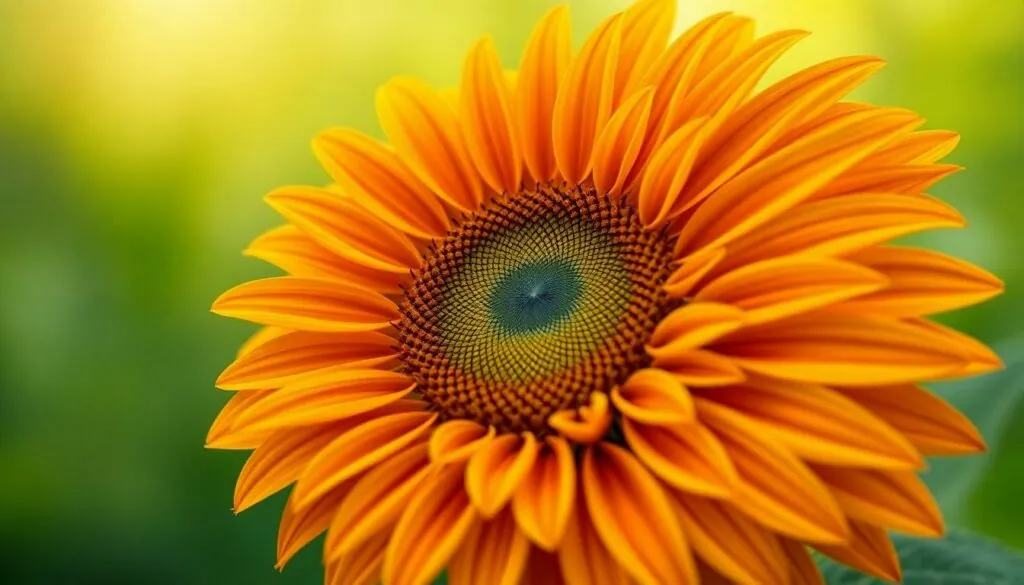Table of Contents
ToggleRadial balance photography isn’t just a fancy term to impress your friends at parties; it’s a game-changer for anyone looking to elevate their visual storytelling. Imagine capturing a scene where every element radiates harmony, drawing viewers’ eyes right to the center like moths to a flame. It’s like the universe decided to throw a party, and the composition is the VIP guest list.
In this article, we’ll dive into the art of radial balance, exploring how to create stunning images that feel both dynamic and cohesive. Whether you’re a seasoned pro or just starting out, mastering this technique can transform your photos from ordinary to extraordinary. So grab your camera, and let’s unleash the magic of radial balance—because who wouldn’t want their photos to have that “wow” factor?
Understanding Radial Balance Photography
Radial balance photography revolves around the arrangement of elements radiating from a central point. This technique captures a sense of movement and draws focus toward the center of the composition, creating a visually striking effect.
Definition of Radial Balance
Radial balance involves placing visual elements around a central focal point, creating symmetry or harmony. Photographers achieve this by arranging subjects like flowers, architectural features, or patterns in a circular layout. This arrangement leads to a dynamic flow in the image, guiding the viewer’s eye towards the center. Examples include close-up shots of plants or symmetrical architecture that emphasizes the central subject. Radial balance is an essential technique for producing captivating imagery.
Importance in Photography
Radial balance enhances the viewer’s experience by establishing a strong focal point. It promotes a sense of organization within the frame and facilitates visual storytelling. By guiding attention, radial balance helps communicate emotions or narratives effectively. This approach often elevates a photograph from ordinary to extraordinary, making it memorable. In portrait photography, using this technique can create compelling compositions that showcase the subject’s features. Creatively employing radial balance lends a professional touch to various photographic styles.
Key Techniques in Radial Balance Photography

Radial balance photography hinges on specific techniques to enhance composition and visual appeal. Mastering these techniques empowers photographers to create captivating images.
Composition Strategies
Successful radial balance starts with precise composition strategies. Photographers can position the main subject centrally, ensuring it captures immediate attention. Arranging secondary elements around this focal point helps maintain harmony throughout the frame. Adjusting angles can introduce depth, providing additional layers to the image. Utilizing negative space highlights the subject while emphasizing the balance among elements. Experimenting with various perspectives can lead to unique interpretations, inviting viewers to explore the image further.
Focal Points and Leading Lines
Establishing focal points is crucial in radial balance photography. Photographers should select one or two strong focal points that naturally draw the eye. Incorporating leading lines guides viewers directly to these focal points, enhancing visual flow. Lines can emerge from elements like branches, roads, or architectural features to create natural paths within the composition. Highlighting depth of field further isolates focal points, creating a sense of clarity amidst a busy background. Using contrasting colors or textures makes focal points stand out, enriching the overall impact of the photograph.
Examples of Radial Balance Photography
Radial balance photography showcases stunning compositions through various iconic images and renowned photographers who master this technique.
Iconic Images and Their Impact
Iconic images often embody the principles of radial balance effectively. A close-up of a sunflower displays petals radiating from the center, capturing vibrancy and attracting viewers’ eyes. Architectural photos featuring symmetrical structures, like the Eiffel Tower, highlight this balance, drawing attention to their central forms. Images of fireworks bursting from a central point illustrate movement and excitement, creating dynamic visual narratives. Each photograph resonates with viewers, emphasizing how radial balance enhances emotional connections.
Famous Photographers Who Use Radial Balance
Famous photographers have explored radial balance throughout their careers. Ansel Adams, known for his breathtaking landscapes, often utilized radial symmetry in nature, showcasing elements like trees or mountains centered against dramatic backdrops. Yousuf Karsh employed this technique in portrait photography, positioning subjects centrally while allowing backgrounds to radiate outward. Another notable example is Harold Edgerton, whose high-speed photography captured radial balance in moments of action, like splashes or bursts. These photographers significantly contributed to the popularity of radial balance, inspiring others to embrace this captivating composition method.
Tips for Achieving Radial Balance
Achieving radial balance takes practice and the right approach. Utilizing appropriate camera settings and techniques makes a significant difference in the final composition.
Camera Settings and Equipment
To capture radial balance effectively, set a wide aperture like f/2.8 to create shallow depth of field. Shallow depth isolates the subject, directing focus toward the central point. Using a tripod stabilizes the camera and allows for precise framing. Choosing a lens with a focal length between 35mm and 50mm works well for close-up shots. Experimenting with ISO settings can improve image clarity in various lighting conditions. Adjust the shutter speed according to situation and light availability to prevent motion blur. Each of these settings contributes to achieving a polished photograph that highlights radial balance.
Practical Exercises for Photographers
Practicing composition helps photographers master radial balance. Start by photographing flowers from above, arranging petals around a central stem for a clear focal point. Capture urban architecture visually, framing buildings to draw eyes toward a center. Create circular patterns using everyday objects like fruit or candles, setting them in a radial arrangement on a table. Explore using leading lines in nature, such as pathways or riverbanks, guiding viewers back to the central subject. Engage in these exercises to develop an instinct for composition and improve the understanding of radial balance in photography.
Radial balance photography offers a unique way to enhance visual narratives and engage viewers. By mastering this technique, photographers can create striking images that emphasize their subjects and evoke emotions. The careful arrangement of elements around a central point fosters harmony and draws attention, making compositions more dynamic and memorable.
Utilizing practical tips and exercises can help photographers refine their skills and develop a keen eye for radial balance. As they explore this captivating method, they’ll discover new dimensions in their work, elevating their photography to new heights. Embracing radial balance not only enriches the visual experience but also encourages creative expression in every shot.







